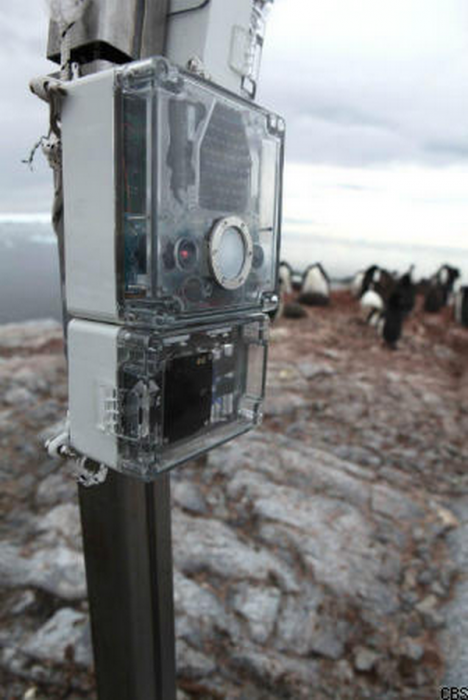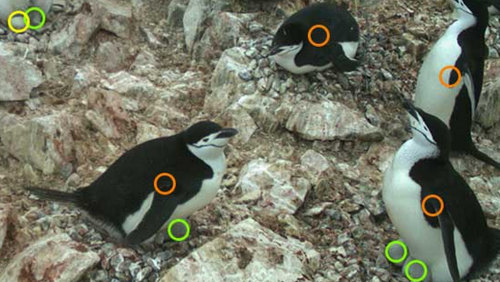|
Each digital title acquired by a UK library for lending is usable for one year from the date of purchase. The library can offer an unlimited number of checkouts during the one-year term, although each copy may only be checked out by one user at a time for a maximum of 21 days. All of Simon & Schuster's frontlist and backlist titles that are available as e-books are eligible for the program. Whenever a new book comes out from this point going forward, libraries will immediately be able to purchase the title without a waiting period. Ian Chapman, c.e.o and publisher of Simon & Schuster UK Libraries are vital cultural institutions that promote education and literacy and help to bring our authors to readers , and this initiative is an expression of our commitment to the important role they play.” The move to go beyond a series of small pilot projects is an absolute boon to readers who often turn the library to satiate their literary thirst. There are a number of digital titles that will be available that have become perennial New York Times bestsellers, such as All the Light We Cannot See by Anthony Doerr, Revival by Stephen King, The Innovators by Walter Isaacson and The Boston Girl by Anita Diamant. Simon & Schuster Commits to Library e-Book Lending in the UK is a post from: Good e-Reader |
A Semi-automated Technology Roundup Provided by Linebaugh Public Library IT Staff | techblog.linebaugh.org
Monday, December 22, 2014
Simon & Schuster Commits to Library e-Book Lending in the UK
Fire HD and HDX: How to Read ePub eBooks
| About three years I wrote an article about how to read ePub ebooks on the original Kindle Fire tablet. Surprisingly not much has changed since then—the article is still applicable—but Amazon has made some subtle changes over the past couple years that makes reading ePub ebooks on Fire tablets somewhat easier. You no longer have […] |
URL: http://feeds.the-ebook-reader.com/~r/feedburner/cmWU/~3/ytyk2Bvc5yc/
Quick and Easy Holiday Marketing Tip: Holiday Device Showcase
| Tablets and eReaders are popular gifts every year and many of your patrons may wonder what device is right for them or their loved ones. At your library, you can host a Holiday Device Showcase to display popular devices and give your patrons a chance to get some hands-on experience with the gadgets. Many libraries already offer events like this (Gadg Not sure which devices to feature in your Holiday Device Showcase? Looking for a shopping guide to help your patrons choose which tablet, smart phone or eReader is best for them once they leave the library? I highly recommend the recent blog posts by Quinton Lawman, A geek's guide to geeky gifts. Quinton provides in depth reviews and analysis of a variety of products and picks his favorites, featuring pricing details and links to purchase each item. You can share the post on social media for your users or even print out a copy of this and other popular device articles and gift giving guides to have on hand at your library. Once users have picked out what device to buy, help them wrap it up! Inspired by High Point Public Library, think outside of the box – or rather… think inside of the box with a Gift Box Giveaway. To help other libraries recreate this great idea, we've created Gift Box Giveaway resources that are now available in the Partner Portal. In the zip folder, you'll find everything you need to become one of "Santa's Helpers" and launch your Gift Box Giveaway program: a print-ready flyer, a Facebook graphic, instructions to help gather what you need, greeting cards and printable getting started guides. Questions? Contact your Account Specialist for more details. Melissa Marin is a Marketing Specialist at OverDrive. |
URL: http://feedproxy.google.com/~r/OverdrivesDigitalLibraryBlog/~3/e2vwFrNcwos/
Penguin Lifelines
| We quite frequently get asked about optimum operating temperatures for the Raspberry Pi – frequently enough that this was a very early addition to our FAQs page back in 2012:
And we left it at that. I hadn’t really thought much about extreme environments for a while – but then I bumped into our friend Jonathan Pallant, from Cambridge Consultants, a couple of weeks ago; and he started telling me about the progress of a project he’s been working on with the Zoological Society of London (ZSL), which pushes the Raspberry Pi’s working temperature down further than any other we’ve seen. How? By the simple expedient of sticking them on poles in Antarctica for a year, in order to monitor penguins. That means the Pis have to work reliably at temperatures which can consistently be below -42°C (-45ºF). And they’ve been coping with those temperatures just fine for a year now.  Image: Alasdair Davies, ZSL The Penguins Lifeline project, headed up by Dr Tom Hart, is a multi-organisation enterprise. ZSL are working with Woods Hole Oceanographic Institution, Oxford University, Oceanites, and Stony Brook University to monitor Adelie penguin populations throughout the year, and to find out how external events like weather and disease, and human influences like pollution and fisheries, affect them. The cameras have been in situ since January 2014 (so very nearly a year’s data has been collected and sent back to researchers by the very cold Raspberry Pis). It’s summer in Antarctica right now, but most places where these are installed will still be well below freezing.  Credit: Alasdair Davies, ZSL The penguins trigger the cameras (there are two in each unit: a regular camera and one with no IR filter for taking pictures in the dark with an infra-red flash – sound familiar?) by moving near them; each unit is equipped with an motion detector. The pictures are then sent to the researchers by the Pi via the Iridium satellite network. Each setup is powered by external lead batteries, which are topped up (when the sun’s out) by solar panels. Researchers count the penguins from the images, and are able to track when they arrive to breed, and monitor populations. In previous studies, a human would have to go out to the camera installation and pick up the data by hand: networking the cameras, using Raspberry Pis, means that this doesn’t need to happen any more. There are a few ways in which you can help Penguins Lifeline. The researchers are crowdsourcing some of the work that needs doing in classifying images: the pictures the project is creating need sorting to establish how many adults, chicks and eggs are visible in each.  Orange circles identify adults, green circles chicks, and yellow circles eggs. 804,303 images have been classified so far, but there are plenty more to help sort. You can also make a donation. Adopting a colony will help fund the placing of more Raspberry Pi cameras in remote regions to monitor penguin populations. You can read much more about the project over at the Penguin Lifelines site. And because we think penguins are brilliant, here are a couple more pictures.  Setting up. Credit: Alasdair Davies, ZSL  Credit: Alasdair Davies, ZSL |
 Simon & Schuster has fully committed themselves to having their e-Books available to all libraries in Australia, Canada New Zealand USA and finally the United Kingdom. Starting today, 14,000 new and old titles will be available for libraries to purchase and start distributing to their patrons.
Simon & Schuster has fully committed themselves to having their e-Books available to all libraries in Australia, Canada New Zealand USA and finally the United Kingdom. Starting today, 14,000 new and old titles will be available for libraries to purchase and start distributing to their patrons.